Have you ever caught a glimpse of yourself in the mirror and thought, “Ugh, those extra pounds have got to go!”? Trust me, I’ve been there. I’ve tried countless diets, from juice cleanses to cabbage soup extravaganzas, only to find myself staring longingly at the cookie jar. But then, something magical happened. I discovered the delicious world of low-carb eating, and it changed my life – and my waistline!
Imagine a world where you can savor mouthwatering meals like zesty lime-chipotle cauliflower taco bowls and succulent ginger-tahini baked salmon, all while watching those pesky pounds melt away. Sounds too good to be true? Well, my friend, get ready to have your mind blown because this 7-day low-carb meal plan is about to revolutionize your relationship with food and your body.
The Science of Slim: How Low-Carb Works Its Magic

Ever wondered why low-carb diets are all the rage? Well, there’s some pretty cool science behind it! You see, our bodies are amazing machines that can run on two main types of fuel: carbs and fat.
When we eat carbs, our bodies break them down into sugar (glucose) for energy. But here’s the catch: if we eat too many carbs, our bodies store the excess as fat. That’s where low-carb diets come in!
By reducing our carb intake, we force our bodies to switch to fat-burning mode. This not only helps us shed those stubborn pounds but also comes with a whole bunch of other benefits.
- Stable blood sugar levels: Low-carb diets help keep our blood sugar levels in check, which means no more energy crashes or cravings.
- Increased satiety: Protein and fats are more filling than carbs, so you’ll feel satisfied for longer and less likely to snack.
- Improved heart health: Low-carb diets can lower “bad” cholesterol levels and reduce the risk of heart disease.
Now, don’t get me wrong, we’re not saying carbs are the enemy. Our bodies still need some carbs to function properly. But by cutting back on refined carbs (like white bread and sugary treats) and focusing on healthy fats and protein, we can achieve a healthier balance.
Think of it like this: when you’re driving a car, you want to have just the right amount of fuel to get you to your destination. Too much fuel, and you’ll be weighed down and sluggish. Too little, and you’ll run out of steam. Low-carb diets help us find that sweet spot, where our bodies are running efficiently on fat for fuel, leaving us feeling energized and light on our feet.
Unlock the Secrets: Your 7-Day Low-Carb 1400 Calorie Meal Plan

Alright, now that you’re armed with the low-carb know-how, let’s dive into the exciting part: the food! Get ready to tantalize your taste buds with a week’s worth of delicious low-carb meals and snacks that will leave you feeling full, satisfied, and on track to reach your goals.
Day 1
- Breakfast (201 cal, 14g carbs): Greek yogurt (1 cup, nonfat, plain), blackberries (1/3 cup), chopped walnuts (1 Tbsp).
- Morning Snack (160 cal, 18g carbs): 2 clementines, 10 almonds.
- Lunch (360 cal, 30g carbs): White Bean & Veggie Salad (1 serving).
- Afternoon Snack (64 cal, 14g carbs): Raspberries (1 cup).
- Dinner (555 cal, 37g carbs): Ginger-Tahini Oven-Baked Salmon & Vegetables (1 serving).
- Evening Snack (60 cal, 15g carbs): 1 small apple.
Total: 1400 calories
Day 2
- Breakfast (288 cal, 22g carbs): Muffin-Tin Omelets with Feta & Peppers (1 serving), medium orange.
- Morning Snack (115 cal, 9g carbs): 1 clementine, 1 string cheese.
- Lunch (344 cal, 47g carbs): Chipotle-Lime Cauliflower Taco Bowls (1 serving).
- Afternoon Snack (102 cal, 20g carbs): Sliced large bell pepper, 1 medium carrot.
- Dinner (549 cal, 14g carbs): Homemade Chicken Tenders with Everything Bagel Seasoning over Salad (1 serving), 1/2 avocado.
- Evening Snack (60 cal, 5g carbs): 1/2 cup Greek yogurt (nonfat, plain).
Total: 1378 calories
Day 3
- Breakfast (288 cal, 22g carbs): Muffin-Tin Omelets with Feta & Peppers (1 serving), medium orange.
- Morning Snack (105 cal, 18g carbs): 1 clementine, 1 string cheese.
- Lunch (344 cal, 47g carbs): Chipotle-Lime Cauliflower Taco Bowls (1 serving).
- Afternoon Snack (101 cal, 27g carbs): Medium pear.
- Dinner (525 cal, 25g carbs): Chicken Cutlets with Sun-Dried Tomato Cream Sauce (1 serving), steamed broccoli florets (3 cups).
- Evening Snack (60 cal, 15g carbs): 1 small apple.
Total: 1423 calories
Day 4
- Breakfast (229 cal, 30g carbs): Blueberry Almond Chia Pudding (1 serving).
- Morning Snack (160 cal, 18g carbs): 2 clementines, 10 almonds.
- Lunch (344 cal, 47g carbs): Chipotle-Lime Cauliflower Taco Bowls (1 serving).
- Afternoon Snack (226 cal, 7g carbs): Muffin-Tin Omelets with Feta & Peppers (1 serving).
- Dinner (441 cal, 21g carbs): Sheet-Pan Maple-Mustard Pork Chops & Carrots (1 serving).
Total: 1400 calories
Day 5
- Breakfast (229 cal, 30g carbs): Blueberry Almond Chia Pudding (1 serving).
- Morning Snack (132 cal, 8g carbs): Nonfat plain Greek yogurt (1 cup).
- Lunch (344 cal, 47g carbs): Chipotle-Lime Cauliflower Taco Bowls (1 serving).
- Afternoon Snack (154 cal, 6g carbs): Dry-roasted unsalted almonds (20 pieces).
- Dinner (490 cal, 27g carbs): No-Noodle Eggplant Lasagna (1 serving), Traditional Greek Salad (1 serving).
- Evening Snack (60 cal, 15g carbs): 1 small apple.
Total: 1409 calories
Day 6
- Breakfast (201 cal, 14g carbs): Greek yogurt (1 cup, nonfat, plain), blackberries (1/3 cup), chopped walnuts (1 Tbsp).
- Morning Snack (191 cal, 37g carbs): Large pear, 10 almonds.
- Lunch (348 cal, 30g carbs): No-Noodle Eggplant Lasagna (1 serving), pomegranate seeds (1/3 cup).
- Afternoon Snack (116 cal, 31g carbs): Large apple.
- Dinner (428 cal, 17g carbs): Tofu & Vegetable Curry with Zucchini Noodles (1 serving).
- Evening Snack (115 cal, 5g carbs): 1 boiled egg (large).
Total: 1399 calories
Day 7
- Breakfast (288 cal, 22g carbs): Muffin-Tin Omelets with Feta & Peppers (1 serving), medium orange.
- Morning Snack (105 cal, 12g carbs): Medium carrots, sliced (2), 1 string cheese.
- Lunch (337 cal, 26g carbs): No-Noodle Eggplant Lasagna (1 serving), sliced medium bell pepper.
- Afternoon Snack (131 cal, 35g carbs): Large pear.
- Dinner (474 cal, 13g carbs): Shrimp Cauliflower Fried Rice (1 serving), mixed greens (2 cups), Homemade Vinaigrette with Sesame & Ginger (1 serving), 1/2 avocado.
- Evening Snack (60 cal, 15g carbs): 1/2 cup Greek yogurt (nonfat, plain).
Total: 1399 calories
Remember, this is just a starting point. As you become more comfortable with low-carb eating, you can start experimenting with new recipes and ingredients. The possibilities are endless!
Your Low-Carb Pantry: A Symphony of Flavor and Nutrition

Now, let’s talk about the stars of your low-carb show: the ingredients! Stocking your pantry with the right foods is essential for creating delicious and satisfying meals that will keep you on track with your weight loss goals.
Think of your pantry as a treasure trove of flavors and nutrients, waiting to be discovered. Let’s explore some of the must-haves for your low-carb adventure:
-
Vibrant Veggies: Load up on a rainbow of non-starchy vegetables like broccoli, cauliflower, spinach, kale, asparagus, bell peppers, zucchini, and cucumbers. These low-carb powerhouses are packed with vitamins, minerals, and fiber to keep you feeling full and energized.
-
Healthy Fats: Don’t shy away from fats! Embrace avocado, olive oil, coconut oil, nuts, seeds, and fatty fish like salmon and tuna. These healthy fats are essential for satiety, brain health, and overall well-being.
-
Lean Protein: Stock up on chicken, turkey, fish, eggs, and tofu. These protein powerhouses are essential for building and maintaining muscle mass, which is crucial for boosting your metabolism and burning calories.
-
Low-Sugar Fruits: Berries like strawberries, blueberries, raspberries, and blackberries are your best friends on a low-carb diet. They’re low in sugar and high in antioxidants and fiber.
-
Spices and Herbs: Spice up your life with an array of herbs and spices like cumin, turmeric, paprika, chili powder, garlic powder, ginger, cinnamon, and basil. These flavor enhancers add depth and complexity to your meals without adding extra carbs or calories.
-
Other Essentials: Round out your pantry with low-carb essentials like unsweetened almond milk, plain Greek yogurt, vinegar, mustard, hot sauce, and sugar-free sweeteners like stevia or monk fruit.
Remember, a well-stocked pantry is your secret weapon for creating delicious and satisfying low-carb meals that will keep you feeling your best. Get creative, experiment with new flavors, and let your taste buds guide you on this exciting culinary journey!
Beyond the Plate: Your Holistic Weight Loss Toolkit

Alright, my friend, let’s not forget that weight loss isn’t just about what you eat. It’s about creating a healthy lifestyle that nourishes your body and mind. So, let’s dive into your holistic weight loss toolkit, packed with tips and tricks to help you reach your goals and feel your best.
-
Get Your Zzz’s: Sleep is crucial for weight loss. When we’re sleep-deprived, our bodies produce more of the stress hormone cortisol, which can lead to weight gain. Aim for 7-8 hours of quality sleep each night to keep your hormones balanced and your metabolism humming.
-
Move Your Body: Exercise isn’t just about burning calories; it’s about boosting your mood, reducing stress, and improving overall health. Find activities you enjoy, whether it’s dancing, hiking, biking, or swimming. Aim for at least 30 minutes of moderate-intensity exercise most days of the week.
-
Manage Stress: Stress can wreak havoc on our bodies, leading to weight gain and other health issues. Find healthy ways to manage stress, such as meditation, yoga, deep breathing exercises, or spending time in nature.
-
Hydrate, Hydrate, Hydrate: Water is essential for weight loss and overall health. It helps flush out toxins, keeps you feeling full, and supports your metabolism. Aim to drink at least 8 glasses of water a day.
-
Track Your Progress: Keeping track of your food intake and exercise can help you stay on track and identify areas where you can improve. There are many apps and tools available to help you track your progress and stay motivated.
-
Celebrate Your Wins: Don’t forget to celebrate your successes along the way! Whether it’s hitting a weight loss milestone, fitting into a smaller pair of jeans, or simply feeling more energized, take the time to acknowledge your achievements.
-
Be Patient and Kind to Yourself: Weight loss is a journey, not a race. There will be ups and downs, but the important thing is to keep moving forward. Be patient with yourself, and don’t get discouraged by setbacks. Remember, you’re doing this for you!
By incorporating these tools into your daily routine, you’ll be well on your way to achieving your weight loss goals and creating a sustainable, healthy lifestyle that you can enjoy for years to come.
So, are you ready to embark on this delicious adventure? Remember, this is just a starting point. Get creative, explore new recipes, and most importantly, savor the journey to a healthier, happier you! Your dream body is just a bite away!
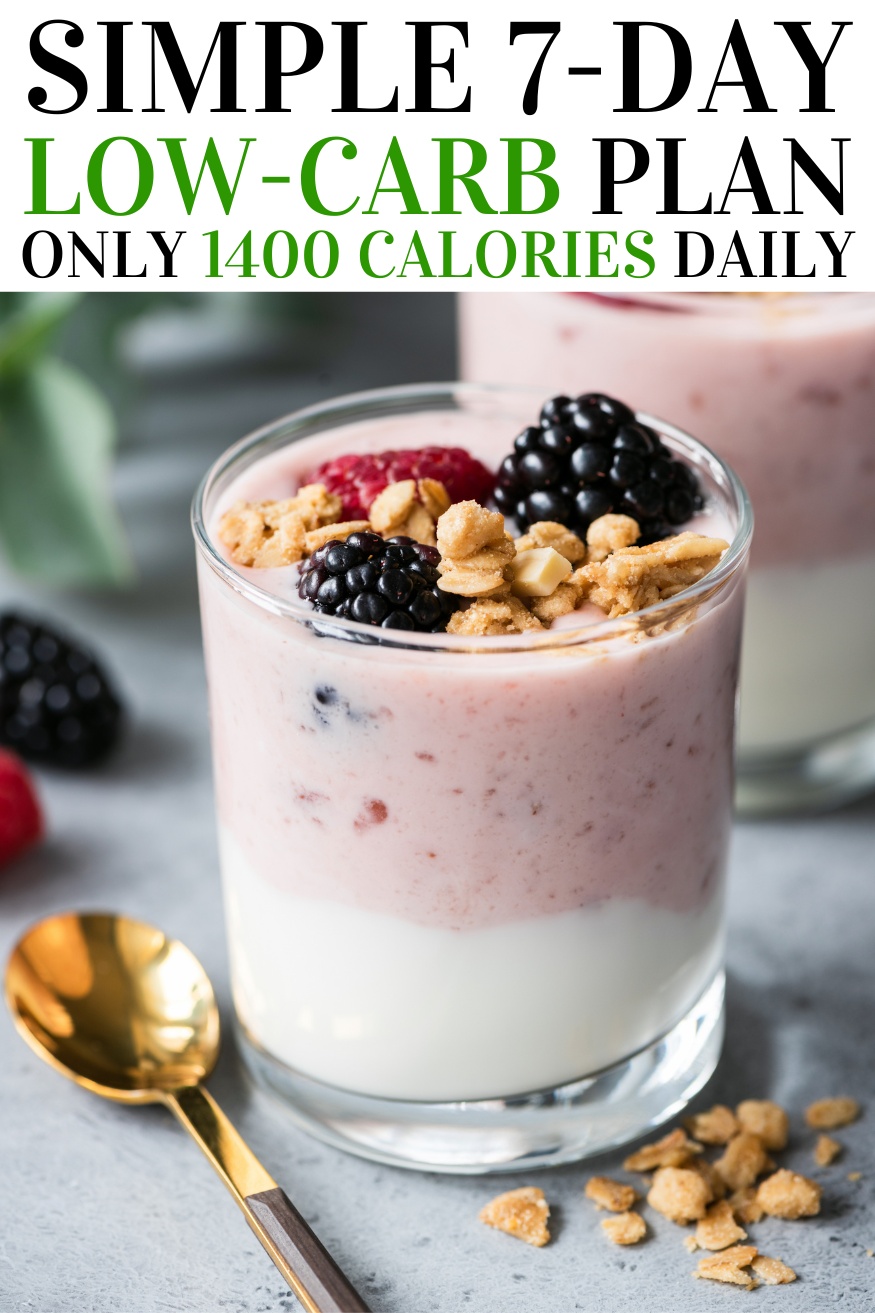
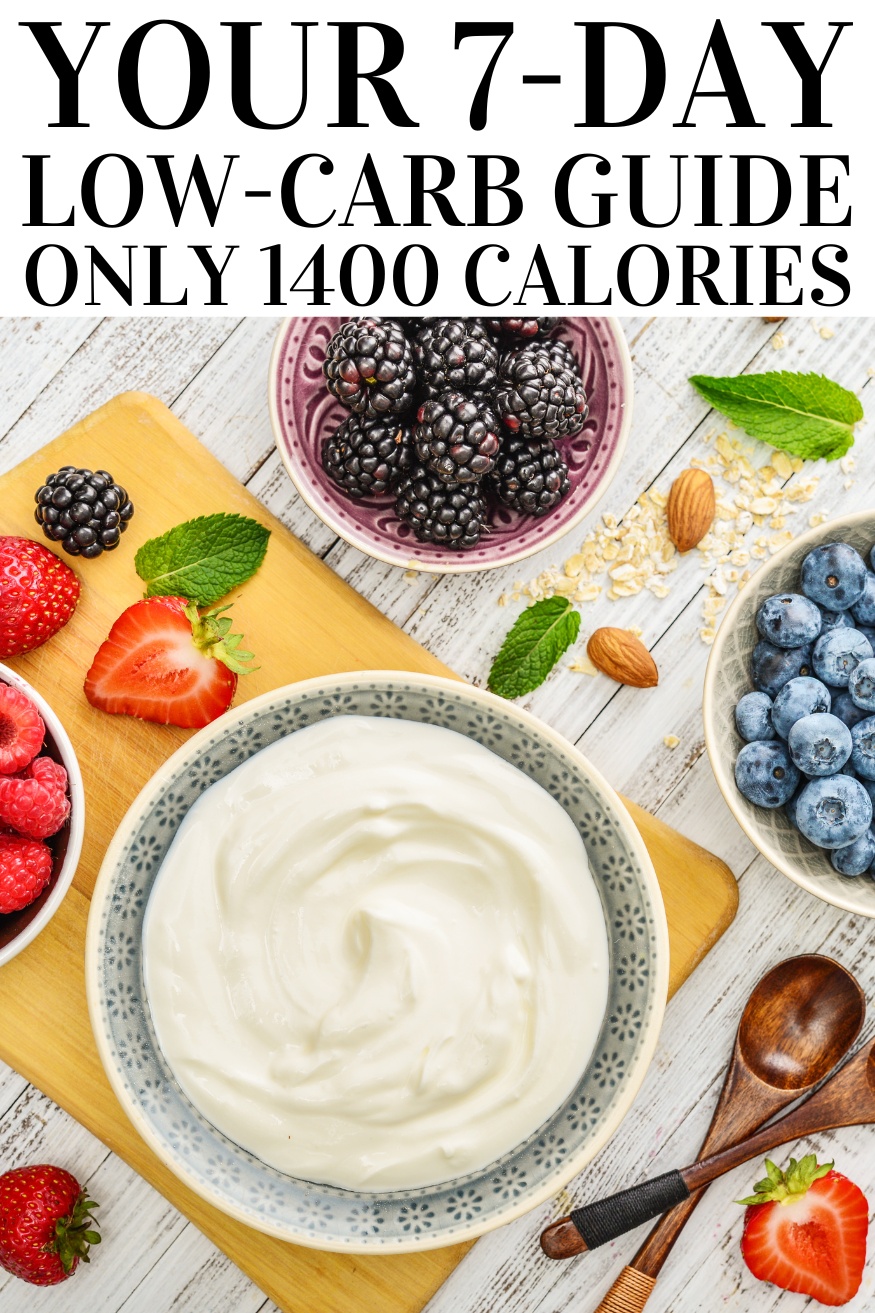
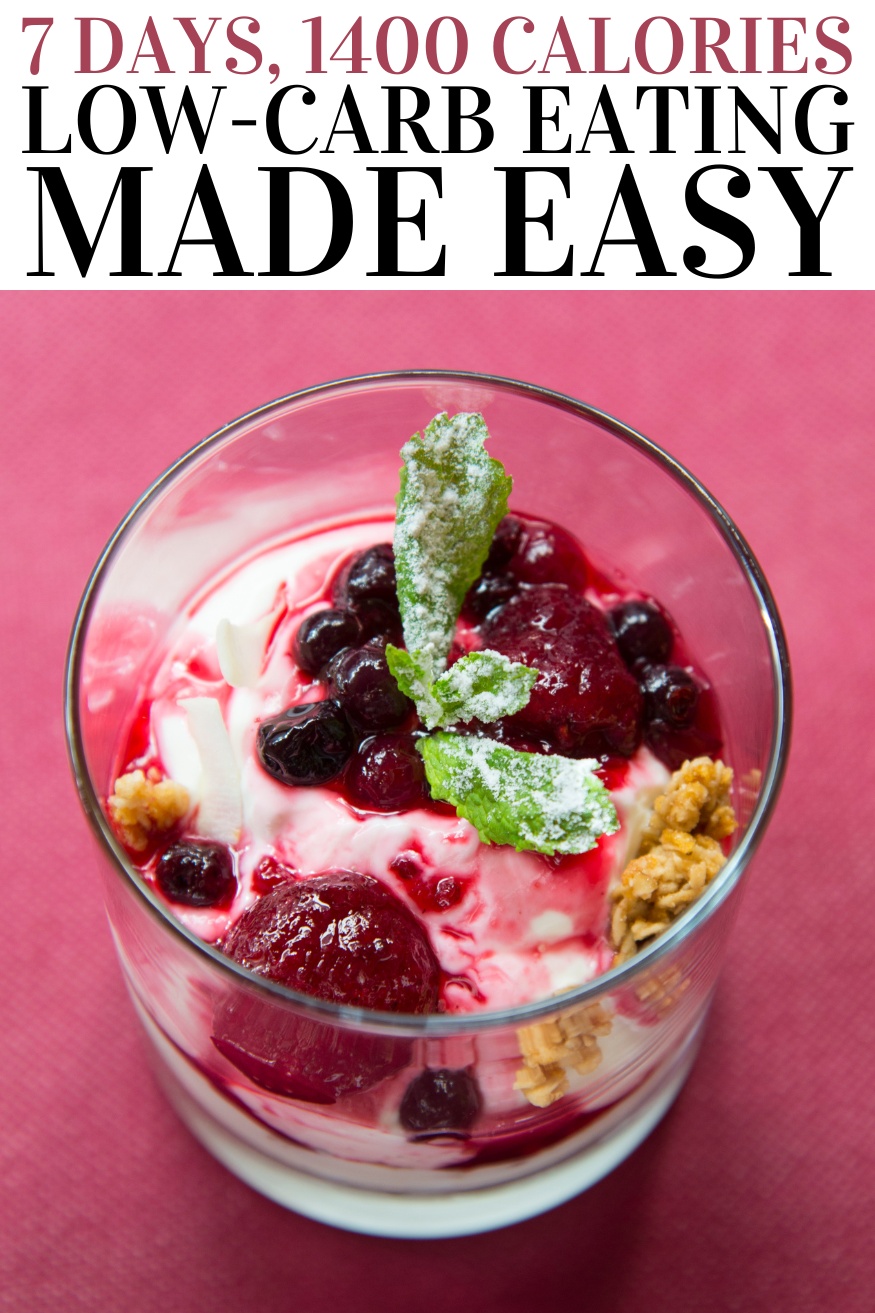
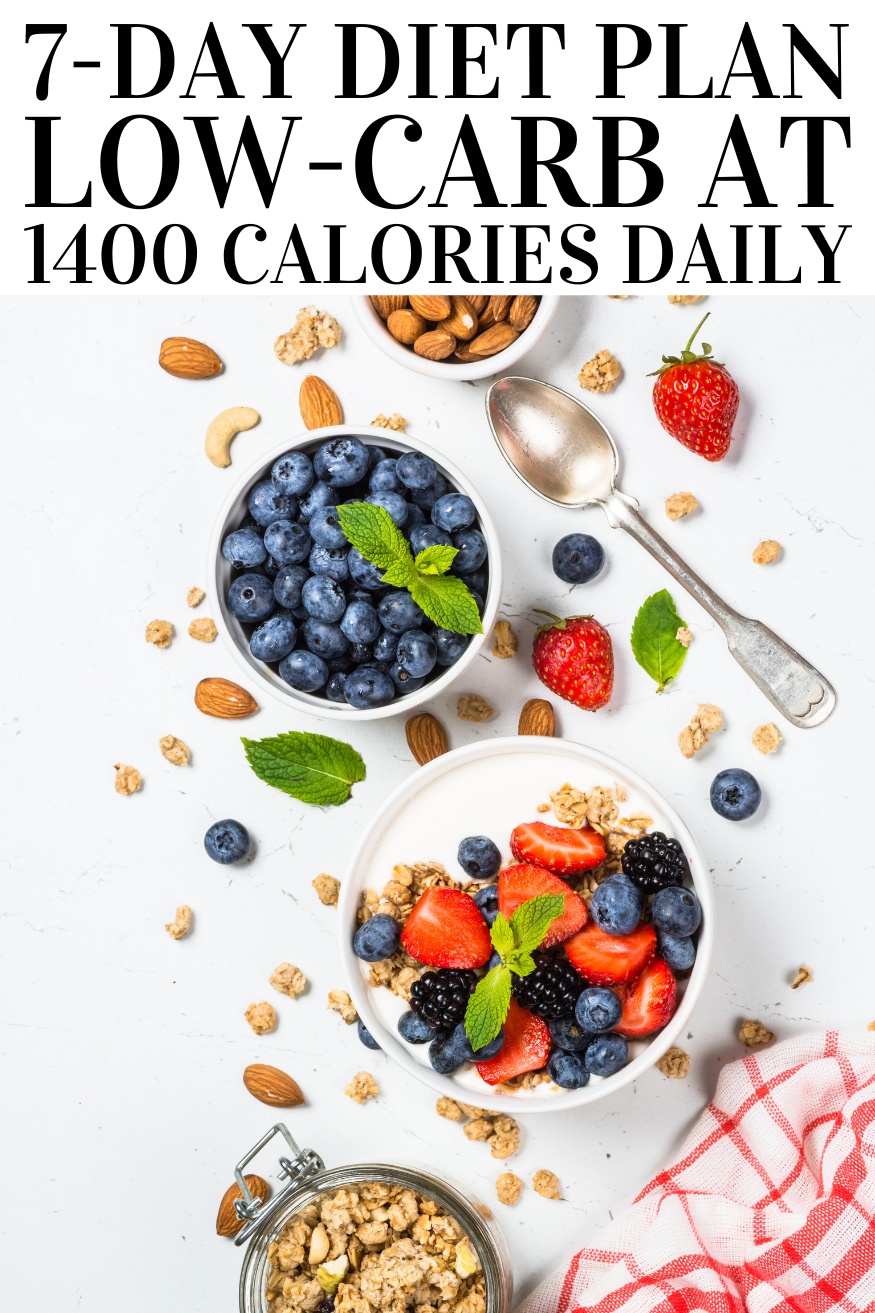


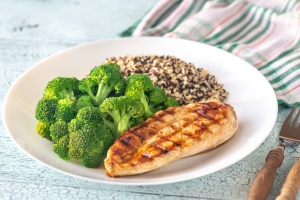

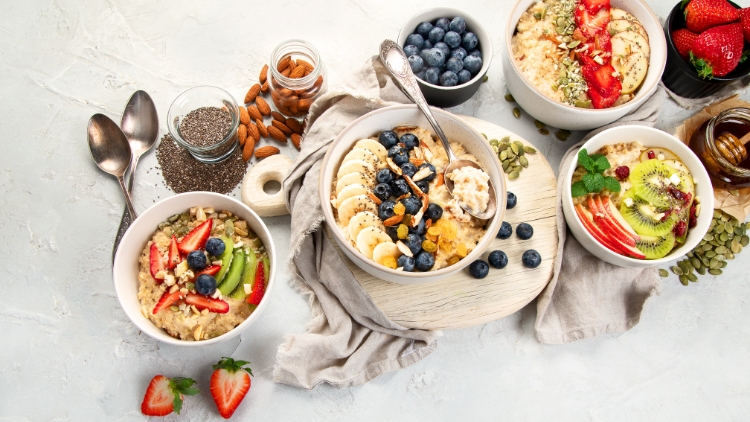
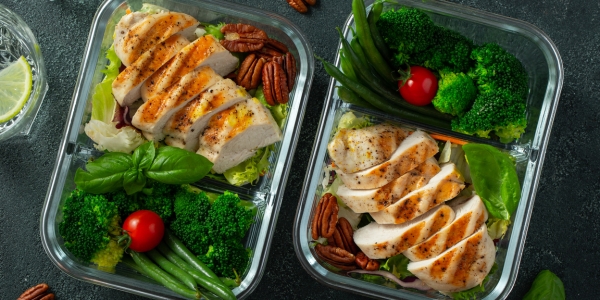

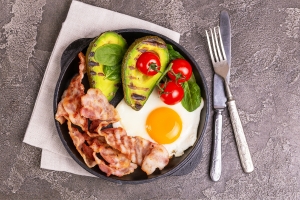
14 Responses
Wow, this meal plan looks amazing! I’ve been struggling to find tasty low-carb recipes that fit my calorie goals, and this is perfect. I’m excited to try these recipes and see how it helps with my weight loss journey. Thanks for putting this together! 🍽️👏
Thank you so much for your enthusiastic feedback! 😊 I’m delighted to hear that you found the meal plan helpful. Best of luck on your weight loss journey! If you have any questions or need more tips, feel free to reach out. Enjoy the delicious recipes! 🍽️✨
This meal plan sounds amazing, but I’m a little worried about the amount of fat. I’ve always been told that fat makes you gain weight. Is it really okay to eat things like avocado and nuts on a diet? I’m a bit confused!
Hi Melissa! Great question! It’s a common misconception that all fats are bad. This meal plan focuses on healthy fats, like those found in avocados, nuts, and olive oil. These fats are crucial for keeping you feeling full and satisfied, which actually helps with weight loss. They also help your body absorb vitamins and are important for brain health. The key is moderation and choosing the right types of fats. Don’t worry, this plan is designed to provide a balance of healthy fats, protein, and complex carbs to help you lose weight deliciously and effectively!
This sounds great in theory, but how realistic is it to stick to 1400 calories a day? I’m always so hungry, especially in the afternoon. Won’t I be tempted to snack on unhealthy things if I’m restricting my calories that much?
Hi Ashley! That’s a valid concern. 1400 calories might seem low, but this meal plan is designed to be nutrient-dense and packed with fiber and protein, which are key for keeping you feeling full and satisfied throughout the day. The snacks are strategically placed to help curb those afternoon cravings. However, everyone is different. If you find yourself consistently hungry, you could consider slightly increasing your portion sizes, especially of non-starchy vegetables. It’s important to listen to your body and adjust the plan as needed. The goal is sustainable weight loss, not deprivation! Also, make sure you are drinking enough water throughout the day, as dehydration can sometimes be mistaken for hunger.
This meal plan looks yummy, but I’m a little worried about the whole “low-carb” thing. Aren’t carbs, like, essential for energy? I’m pretty active – I love my Zumba classes – and I’m scared I’ll be dragging if I cut out too many carbs. Plus, I’ve heard that low-carb diets can be bad for your heart in the long run, and it is not good for certain racial groups, is that true? I read something about it somewhere, but I can’t remember where, can you provide more info? Also, what about eating out? Is that just a big no-no on this plan? Help a girl out! I want to make informed choices.
Hi Jessica! Great questions! It’s true that carbs are a source of energy, but your body can also use fat for fuel, especially when you’re in that fat-burning mode that low-carb diets promote. You might feel a little sluggish at first as your body adjusts, but many people find that they have even more energy on a low-carb diet once they get past that initial phase. Plus, this meal plan still includes healthy carbs from fruits and veggies, so you won’t be completely carb-deprived. And don’t forget you can add more carbs based on your activity level and needs.
As for the long-term effects on heart health, studies on low-carb diets have shown that they can actually improve cholesterol levels and other heart health markers. About different racial groups, The National Institutes of Health (NIH) released a study in 2010, showing the impact of low-carb diets on different groups. For instance, African American adults lost an average of about 7 pounds (3.2 kilograms) with this type of diet. On the other hand, white adults lost an average of about 12 pounds (5.4 kilograms). The researchers did not know why the groups had different amounts of weight loss. The study involved 307 participants and lasted for 2 years. You can check the full study online for more details.
And about eating out, it is totally doable! Just stick to protein and veggies, and ask for sauces on the side. Many restaurants have low-carb options these days, or you can easily modify dishes to fit the plan. It is all about making smart choices and finding what works for your lifestyle. Don’t be afraid to ask questions and customize the plan to fit your needs!
Okay, 1400 calories? That sounds a little… well, I don’t think it is enough for me, I might need more. I mean, I’m not a rabbit, I’m a grown woman! Also, how can I be sure I get all the nutrients that I need, what if I get some deficiencies, can you shed some light on that? I’m all for dropping a few pounds, but I don’t want to be hangry all the time. Plus, all that cooking! Who has time to make muffin-tin omelets every day, I am a busy woman! And is this really sustainable in the long term? I need some real talk here, please.
Hi Ashley! I hear you! 1400 calories can sound a bit daunting at first, and you may need more depending on your needs. It’s different for everyone depending on their activity level and needs. As for your concern about deficiencies, it is always a good idea to check with your doctor or a nutritionist when you want to start a new diet plan. They can help you figure out what your body needs exactly to function properly.
Now, about the cooking… I get it! We’re all busy. The beauty of this plan is that you can meal prep on the weekends. Make a big batch of those muffin-tin omelets, and you’ve got breakfast sorted for days! Or, choose the meals that are easier to make. Also, many of these meals can be made in 30 minutes or less. And sustainability? That’s the key! This isn’t meant to be a quick fix, crash diet. It’s about finding a healthy way of eating that you can enjoy for life. Think of it as a starting point and adjust it to fit your lifestyle. Maybe you’ll find that low-carb-ish is more your style, and that’s perfectly fine! The goal is to find what works for you!
1400 calories? I haven’t eaten that little since I was, like, 10 years old! And where’s the chocolate? Seriously, is this meal plan going to leave me hangry and dreaming of donuts? Also, I noticed there’s a lot of different racial groups that might need different diets. Do you have statistics about this, like numbers and stuff? I don’t want this to just be another fad diet that works for some people but not for everyone. I’m willing to give the cauliflower taco bowls a try, though, they do sound kinda yummy.
Hi Ella! Haha, I totally get it! 1400 calories can sound a bit daunting at first. But trust me, these meals are packed with protein and healthy fats to keep you full and satisfied. You won’t be dreaming of donuts, promise! (Okay, maybe just a little… ). And you’re spot on about the chocolate – everyone needs a little indulgence! You could always swap a snack for a small piece of dark chocolate (70% cacao or higher). As for your question about different racial groups and diets, that’s a really important point. Studies have shown that there can be variations in how different populations respond to certain diets due to genetic and metabolic factors. For example, some research suggests that individuals of African descent may have a higher risk of insulin resistance and type 2 diabetes, and may benefit from a lower-carbohydrate approach. A study published in the New England Journal of Medicine found that African Americans on a low-carb diet lost more weight and had greater improvements in insulin sensitivity compared to those on a low-fat diet. The study included 132 obese adults, with 39% being African American. After 6 months, the low-carb group lost an average of 12.8 pounds, while the low-fat group lost 6.8 pounds. In terms of the number of people affected, around 14.7% of non-Hispanic Black adults, 12.5% of Hispanic adults, and 9.2% of Asian adults in the U.S. have diagnosed diabetes, compared to 7.5% of non-Hispanic white adults. This highlights the need for personalized dietary approaches that consider individual needs and backgrounds. On the other hand, some Asian populations, who traditionally consume high-carbohydrate diets based on rice, have lower rates of obesity and diabetes. However, as Western dietary patterns become more prevalent, these rates are increasing. It’s a complex issue, and more research is definitely needed. That’s why it’s always a good idea to consult with a healthcare professional or registered dietitian before making any major dietary changes. They can help you create a personalized plan that’s right for you! Now, go rock those cauliflower taco bowls!
Okay, this all sounds great, but I’m a busy mom with three kids and a full-time job. Who has time to make “Muffin-Tin Omelets with Feta & Peppers” for breakfast? Is there a simpler version of this meal plan? And what’s the deal with chia seeds? Are they, like, magical weight-loss seeds or something? Also, can I just drink diet soda instead of water? Asking for a friend… 😉
Avery, I hear you! Life gets crazy, and sometimes just getting any food on the table is a victory! You can definitely simplify this meal plan. For breakfast, a couple of hard-boiled eggs and a handful of berries would work just as well. Or some Greek yogurt with a sprinkle of nuts if you’re really in a rush. As for chia seeds, they’re not exactly “magical,” but they are pretty awesome! They’re packed with fiber, which helps you feel full, and they expand in liquid, creating a pudding-like texture. Think of them as tiny, super-absorbent sponges for your tummy! And about the diet soda… let’s just say water is definitely the healthier choice. But hey, if a little diet soda helps you stay on track, I won’t judge! Just try not to overdo it. You got this, super-mom!